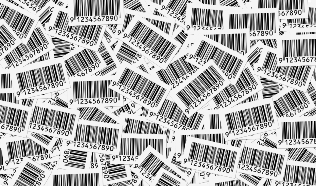 Last Friday was the five year anniversary of RxTrace and this is the 255th essay. I started RxTrace on July 4, 2009 as an outlet for ideas (see my very first essay, “Welcome to rxTrace”). The results of the last five years have been very rewarding.
Last Friday was the five year anniversary of RxTrace and this is the 255th essay. I started RxTrace on July 4, 2009 as an outlet for ideas (see my very first essay, “Welcome to rxTrace”). The results of the last five years have been very rewarding.
Rather than looking back this year, let’s look to the future. What is coming next?
I always maintain a fairly informal RxTrace list of ideas I want to explore when I get the chance. With the switch in attention from the California pedigree law to the new Federal Drug Supply Chain Security Act (DSCSA) in the last year, my list grew pretty long and continues to grow. Here is a list of things I’ve been thinking about and may end up exploring in full RxTrace essays in the coming twelve months: Continue reading Five Years of Pharma Supply Chain Analysis







